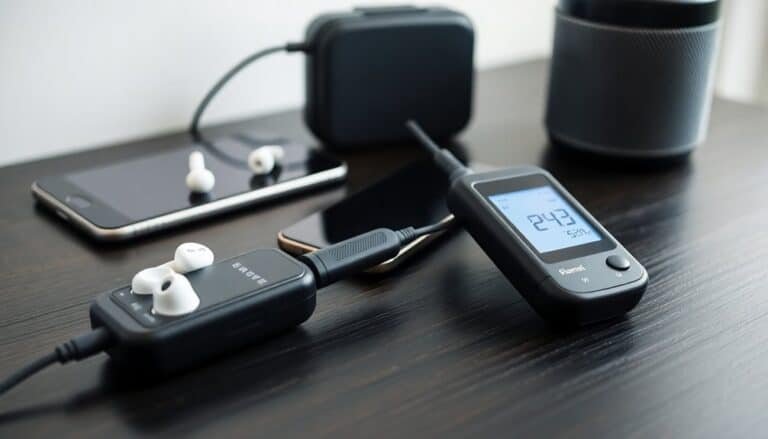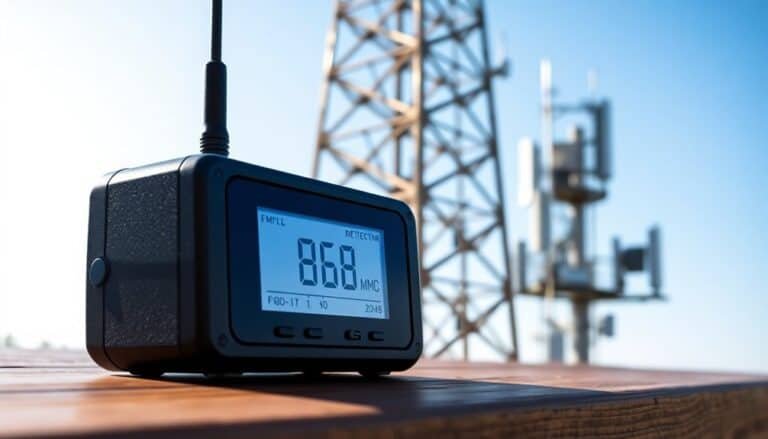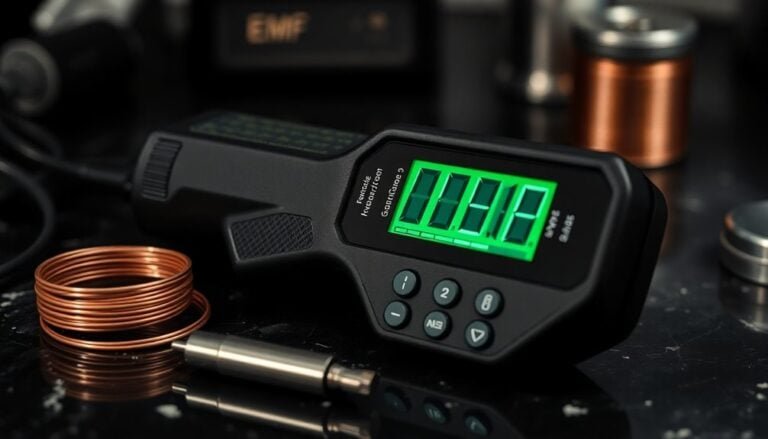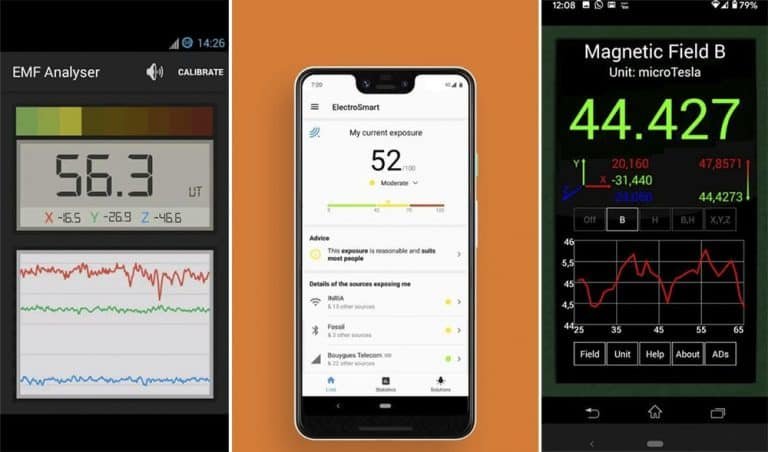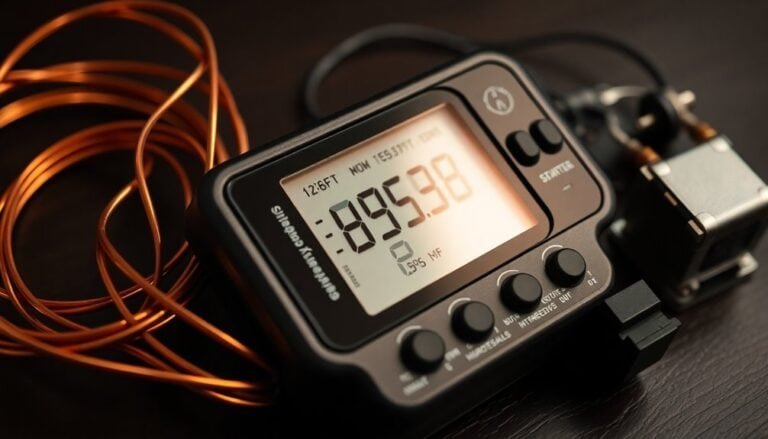How to Locate 5G Towers Near You

To find 5G towers nearby, use mobile apps like OpenSignal and Network Cell Info Lite for GPS-based details, or online tools like CellMapper and AntennaSearch for interactive maps. Engage with crowdsourced services for real-time updates and use compass features for precise directions.
These resources enhance your ability to locate towers effectively, while also offering insights into signal enhancement.
Disclaimer: As an affiliate, I may collect a share of sales from the links on this page.
Understanding 5G Technology and Network Coverage
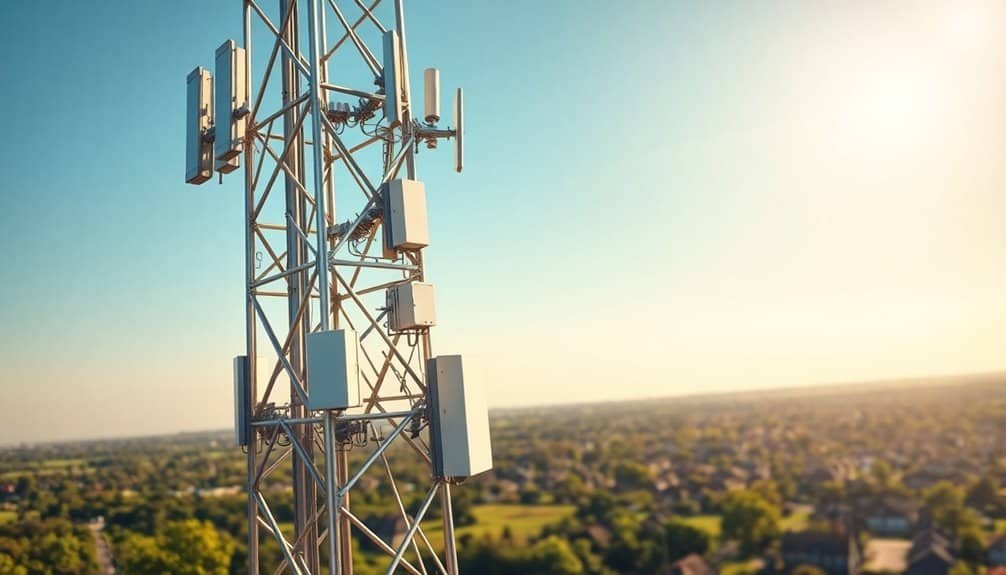
Many people are curious about 5G technology and its impact on wireless services.
5G represents the fifth generation of cellular networks, offering significant improvements in speed and latency. It operates at higher frequencies, expanding bandwidth and enhancing data transfer. 5G technology’s focus on delivering connected experiences aims to improve performance across a range of applications.
Utilizing Massive MIMO technology, multiple transmitters and receivers simultaneously boost data flow. Network slicing creates customizable virtual networks tailored to various services. Additionally, beamforming directs signals to specific devices, improving efficiency.
With a dense architecture, 5G enhances urban capacity and offers improved signal quality in rural areas.
Crowdsourced Services for Locating 5G Towers
Crowdsourced services have revolutionized the way users locate 5G towers. These platforms rely on data contributed by users, providing real-time updates on tower locations.
They often include features such as:
- User-submitted data for continuous updates.
- Interactive maps showcasing tower positions.
- High accuracy based on crowd input.
- Encouragement for user engagement in reporting issues.
- Wide accessibility through mobile apps or websites.
Such services improve the mapping of 5G coverage, enhancing your connectivity experience. Additionally, the interactive map displays cellular tower locations and includes signal strength indicators, which aid users in assessing their connectivity options.
However, keep in mind that their accuracy can vary based on user contributions and they may not cover all remote areas.
Popular Mobile Apps for Finding Nearby Towers
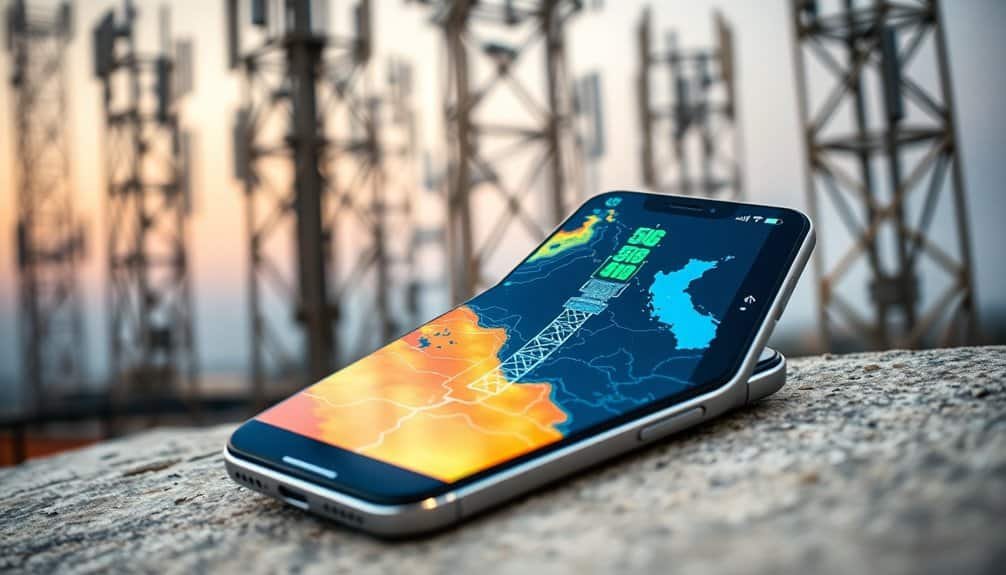
When searching for nearby 5G towers, a variety of mobile apps can help streamline the process.
Use OpenSignal or weBoost for GPS-based tower location and signal strength information.
Network Cell Info Lite, focused on Android, provides detailed tower data and maps.
LTE Discovery (5G NR) lets you explore both LTE and 5G networks.
For iPhone users, Cell Antennas offers carrier-specific tower information. These applications can also assist in Wi-Fi and Mobile Signal Optimization to improve connection quality while searching for towers.
Many apps include compass functionality to direct you towards the nearest tower, enhancing your mobile experience.
These applications guarantee you find suitable locations for signal reception and network performance accordingly.
Utilizing Online Tools for Tower Location
To locate 5G towers effectively, utilizing online tools enhances your search experience. These resources provide essential information, helping you find towers in your area.
Consider these options:
- CellMapper: Detailed maps and user-generated content.
- AntennaSearch: Searchable database with tower ownership.
- OpenCelliD: Open database for geolocation.
- SCADACore: Thorough mapping services for towers.
- CellReception: Insight into network coverage.
With these tools, you’ll benefit from crowdsourced data, real-time updates, and accessibility across devices, all while saving costs.
Just remember that the accuracy may depend on the contributions of other users.
Professional Equipment for Accurate Location Identification
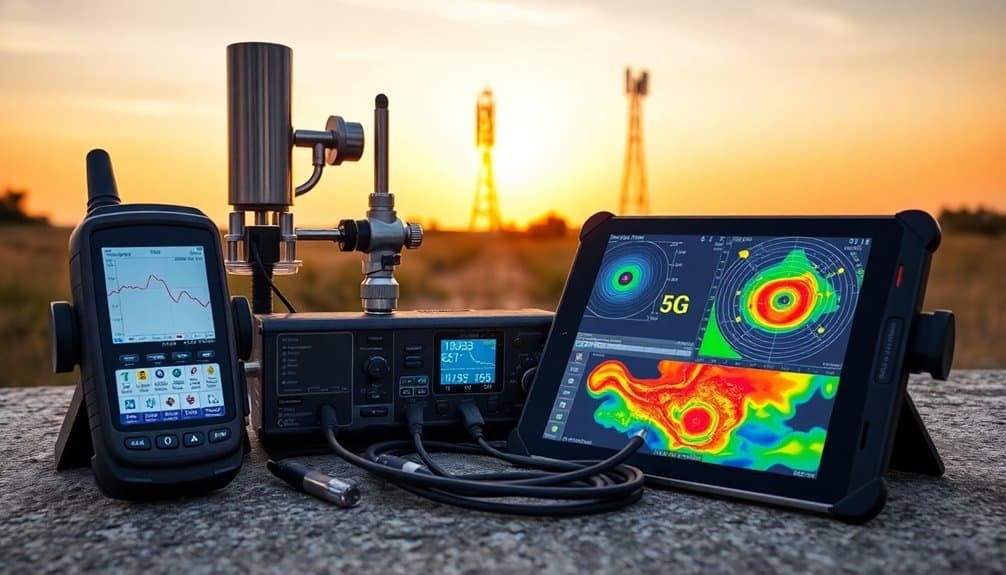
In locating 5G towers accurately, professional equipment plays an essential role in ensuring precise identification.
Professional-grade signal meters, priced around $1,299.99, offer high accuracy in measuring 5G signal strength across various frequencies. These devices are crucial for installers, providing essential data for site surveys and network optimization.
Advanced installation tools like the OneAdvisor 800 include extensive test suites for effective network deployment, while augmented reality technology aids antenna alignment.
Additionally, specialized telecom tools, including alignment tools and safety equipment, enhance installation and maintenance efficiency, ensuring your 5G tower location efforts are successful and compliant with stringent safety standards.
Features of Mobile Apps for Tower Direction
Mobile apps that assist in locating tower direction have become increasingly valuable tools for both casual users and network professionals.
These apps provide essential features that enhance your experience and help you find nearby towers effectively. Here are some key features:
- Map Integration: Interactive maps show tower locations.
- Network Type Filtering: Filter results by 5G, 4G, or 3G.
- Detailed Tower Information: Access tower IDs and signal strength data.
- Real-Time Data: Get live updates on locations and signal strength.
- Premium Features: Advanced functionalities often require a subscription.
These elements combine to help you navigate and understand your mobile network coverage better.
The Importance of User Contributions in Mapping
User contributions play a vital role in the accuracy and reliability of cellular coverage mapping. They gather real-life data, reflecting actual signal strength and coverage, which theoretical models often overlook.
This crowdsourced information identifies areas with network congestion and guides optimization efforts, pinpointing where resources should be focused. Additionally, user data captures environmental changes like new buildings or vegetation that impact signal quality.
Combining Crowdsourced Data With Official Resources
Combining crowdsourced data with official resources enhances the accuracy of 5G tower mapping. This synergy allows for a more thorough understanding of coverage.
You can gather valuable information from both sources, which helps in pinpointing tower locations. Here are key benefits of this combination:
- Real-time updates: Crowdsourced data reflects current conditions.
- Broader coverage: Users contribute data from various locations.
- Error correction: Official resources validate user submissions.
- Community engagement: Local users’ insights improve accuracy.
- Enhanced mapping tools: Access to multiple datasets offers a clearer picture.
Leveraging this data effectively creates a more reliable 5G tower mapping experience.
Enhancing Your Signal With Signal Boosters and Apps
Signal boosters and mobile applications can greatly improve your 5G network experience.
Signal boosters amplify your connection, enhancing signals up to 32 times their original power. They mostly support 4G and low-end 5G frequencies, but can’t amplify fast 5G networks. Choosing the right booster involves ensuring frequency compatibility and adequate outside signal strength.
Mobile apps also help, incorporating signal measurement tools and coverage maps for ideal use. Network switching apps allow you to find the strongest signal available, while user feedback enhances accuracy.
Frequently Asked Questions
How Do 5G Towers Differ From 4G Towers?
5G towers are smaller and closer together than 4G towers, often mounted on utility poles. They provide faster speeds but require more infrastructure, supporting advanced technology like IoT while being more energy-efficient.
What Are the Safety Concerns Regarding 5G Towers?
You may worry about safety concerns related to 5G towers, as studies suggest potential links to cancer, neurological issues, and hormonal changes. Public debate and differing safety regulations further fuel these worries about RF radiation exposure.
Can 5G Towers Interfere With Other Wireless Signals?
Yes, 5G towers can interfere with other wireless signals, including Wi-Fi, aviation communications, and radio control systems. This interference can degrade signal quality, raise error rates, and impact overall system performance.
How Far Can a 5G Signal Travel From a Tower?
5G signal range varies by frequency. Low-band can reach over 10 miles, while mid-band covers 1-3 miles, and high-band’s effective range often drops to about 1,500 feet in dense urban areas. Obstructions impact distance considerably.
Are There Any Costs Associated With Accessing Tower Location Services?
Accessing tower location services is like opening a treasure chest—there’s no cost for you. Just navigate the maps or apps, and you’ll find everything you need to improve your signal without spending a dime.
Conclusion
To enhance your mobile experience, locating nearby 5G towers is crucial. Like tuning a radio for clarity, finding the right tower improves connectivity. Use crowdsourced apps, online tools, and professional equipment to accurately locate towers. Combining these resources ensures optimal coverage and performance. These strategies empower you to navigate the 5G environment effectively for seamless connections.

